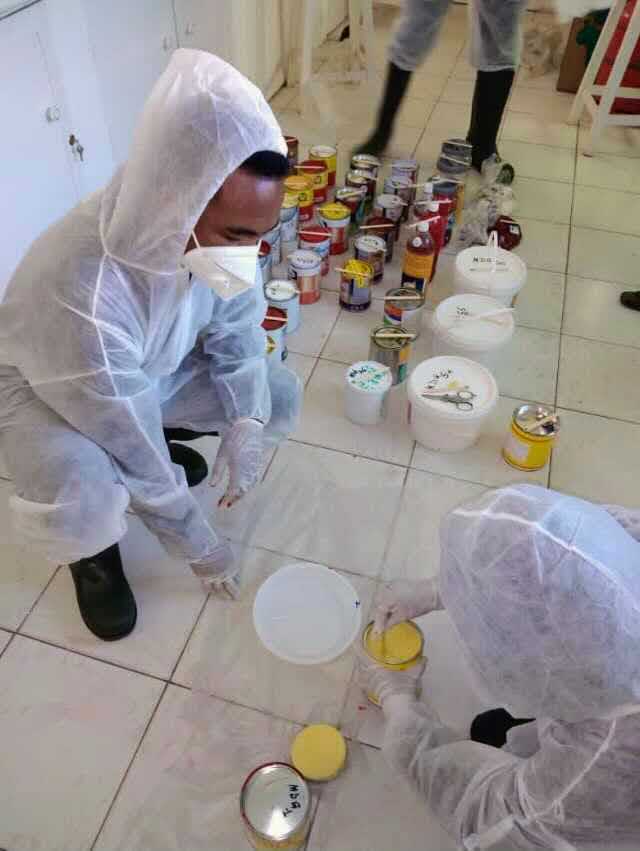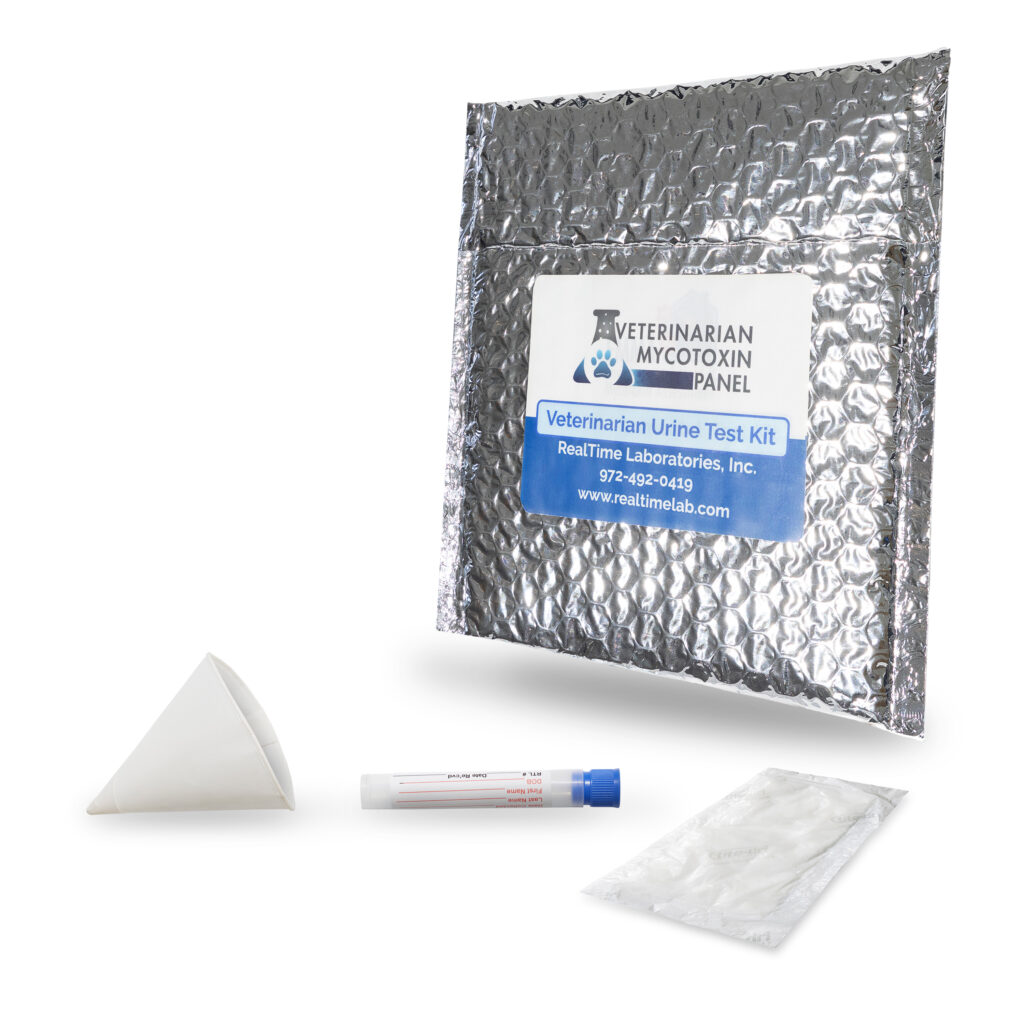Ensuring Conformity With Laws: the Role of Mycotoxin Examining in Top Quality Control
Making sure compliance with strict regulations is paramount for preserving food safety, and the function of mycotoxin testing in quality control can not be overstated. Mycotoxins, poisonous substances created by particular mold and mildews, present significant health and wellness risks, making their discovery essential in food production.
Recognizing Mycotoxins
Comprehending mycotoxins is essential to ensuring the quality and safety and security of agricultural items. The most well-known mycotoxins consist of aflatoxins, ochratoxins, fumonisins, and trichothecenes, each connected with particular fungal types and ecological problems.
The presence of mycotoxins in food products can lead to chronic and severe health and wellness problems, including liver damage, immune suppression, and carcinogenic effects. By comprehending the resources, kinds, and impacts of mycotoxins, stakeholders in the agricultural field can much better apply preventative measures and mitigate risks, ensuring safer consumption for end-users.
Regulative Specifications for Mycotoxins
Having actually established a fundamental understanding of mycotoxins and their influence on food safety and security, it is imperative to evaluate the regulative requirements regulating their existence in agricultural items. Regulative standards for mycotoxins are crucial because they define acceptable limitations, guaranteeing food safety and security and protecting public health and wellness. Various global and nationwide firms have established these limitations based on detailed threat analyses.
The Codex Alimentarius Compensation, a global body established by the FAO and that, supplies guidelines and maximum allowable degrees for various mycotoxins in food and feed. For example, the Codex has actually established limits for aflatoxins in peanuts, maize, and dried out figs, to name a few assets. These requirements are typically taken on or adjusted by individual countries to fit their certain demands.
In the European Union, Guideline (EC) No 1881/2006 specifies optimum degrees for several mycotoxins, such as aflatoxins, ochratoxin A, and deoxynivalenol, in different foodstuff. The United State Food and Medicine Management (FDA) has actually established action degrees for mycotoxins like aflatoxins in commodities such as nuts and grains.
Adherence to these regulatory requirements is critical for preserving market gain access to, customer depend on, and public health and wellness. Non-compliance can lead to considerable economic losses and health dangers, highlighting the value of strict mycotoxin screening procedures.
Testing Approaches and Technologies

ELISA is commonly valued for its fast and cost-efficient screening abilities, making it excellent for high-throughput environments. It depends on antibodies to discover certain mycotoxins, giving outcomes in a relatively short time frame. Its level of sensitivity may be limited contrasted to a lot more innovative strategies.
HPLC, on the various other hand, succeeds in supplying measurable analysis with high accuracy and accuracy. It divides intricate combinations right into individual parts, making it extremely reliable for identifying and quantifying multiple mycotoxins simultaneously - Mycotoxin testing Services. This method, while more time-consuming and resource-intensive than ELISA, supplies a higher degree of dependability

LC-MS represents the peak of logical specificity and level of sensitivity. Incorporating the separation power of fluid chromatography with the detection capacities of mass spectrometry, LC-MS can spot also trace degrees of mycotoxins. This approach is vital for confirming the existence of mycotoxins in forensic and governing contexts, making certain compliance with stringent security criteria.
Executing Evaluating Protocols

Including these advanced screening approaches right into a comprehensive quality assurance framework demands a well-structured approach to executing screening procedures. To achieve this, organizations need to first conduct a detailed risk assessment to identify potential mycotoxin contamination factors within the supply chain. This assessment informs the development of a tailored screening method that resolves certain vulnerabilities.
Next, establishing standardized sampling treatments is crucial. Constant sampling makes certain that test outcomes are dependable click resources and rep of the whole batch (Mycotoxin testing Services). Abiding by standards from regulatory bodies, such as the FDA or EFSA, helps maintain conformity and enhances the trustworthiness of the screening process
Training employees is another critical component. Personnel must be skillful in both sample collection and the procedure of screening tools. Normal training sessions and certification programs can make sure that staff member remain upgraded with the most recent strategies and governing changes.
Advantages of Mycotoxin Testing
Mycotoxin testing uses many advantages that dramatically improve the safety and top quality of food and feed products. Mostly, it acts as a critical control procedure to avoid contaminated items from reaching the consumer market, thus protecting public wellness. By recognizing and quantifying mycotoxins such as ochratoxins, fumonisins, and aflatoxins, producers can make sure that their products fulfill strict regulative requirements, thus staying clear of possible legal effects and linked costs.
In addition, mycotoxin screening adds to the financial stability of food and feed sectors by reducing the risk of large-scale product recalls. The capacity to identify and isolate polluted batches early in the manufacturing process reduces waste and protects against the financial losses related to damaged brand name reputation. It fosters customer trust fund and loyalty, as customers are significantly conscious of food safety concerns and demand greater quality criteria.
The implementation of regular mycotoxin testing additionally advertises best practices within farming and manufacturing fields. By adhering to strenuous testing protocols, business can enhance their quality assurance procedures, boost functional performance, and make sure the consistent production of safe, top notch products. Finally, the benefits of mycotoxin screening are multifaceted, contributing to public health and wellness, financial security, and market stability.
Conclusion
Mycotoxin testing is crucial in ensuring conformity with regulatory standards, thus maintaining food index safety and security and quality control. Therefore, mycotoxin screening continues to be an indispensable component of contemporary food safety and security administration systems.
Making sure compliance with rigid guidelines is paramount for preserving food safety, and the function of mycotoxin testing in top quality control can not be overstated.In the realm of mycotoxin testing, progressed techniques and technologies are critical in guaranteeing food security and governing conformity.Mycotoxin screening offers various benefits that significantly improve the security and top quality of food and feed products.Mycotoxin testing is critical in guaranteeing conformity with regulative requirements, thereby maintaining food safety and quality control. Hence, mycotoxin click over here screening remains an important component of modern food safety monitoring systems.
Comments on “Mycotoxin testing Services: A Key Component in Risk Monitoring Approaches”